
How to Use EB-L630SU: Examples, Pinouts, and Specs
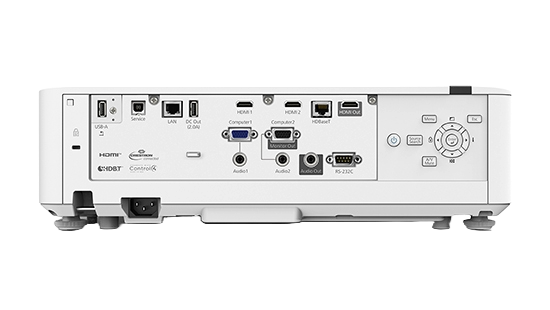
 Design with EB-L630SU in Cirkit Designer
Design with EB-L630SU in Cirkit DesignerIntroduction
The EB-L630SU is a high-performance laser projector manufactured by Epson. Designed for large venues, it delivers bright and vivid images with a resolution of 1920x1200 pixels (WUXGA). This projector is equipped with advanced connectivity options, including HDMI and HDBaseT, and supports a wide range of content formats. Its compact design, combined with a long-lasting laser light source, makes it an excellent choice for professional presentations, events, and digital signage.
Explore Projects Built with EB-L630SU
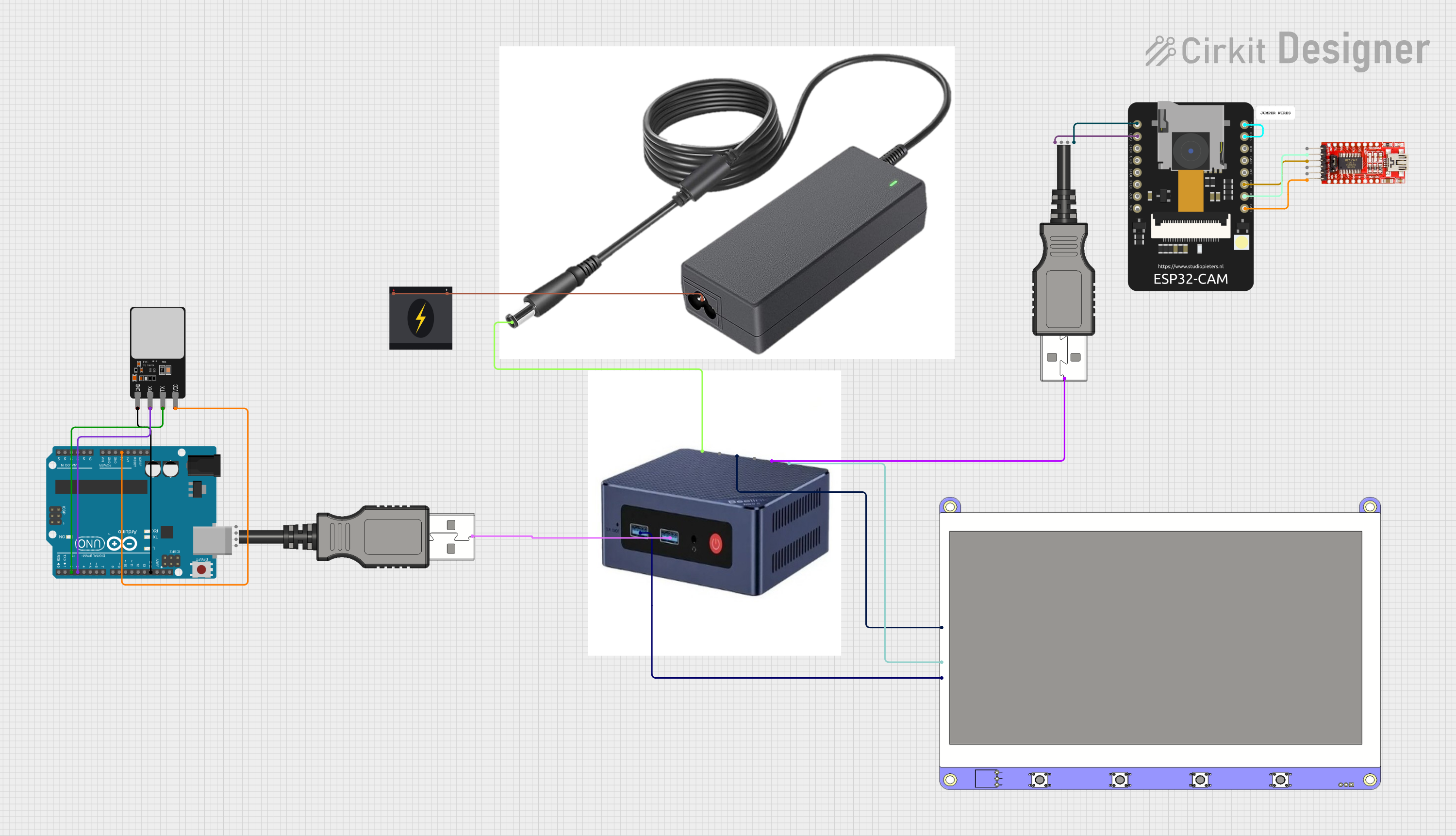
 Open Project in Cirkit Designer
Open Project in Cirkit Designer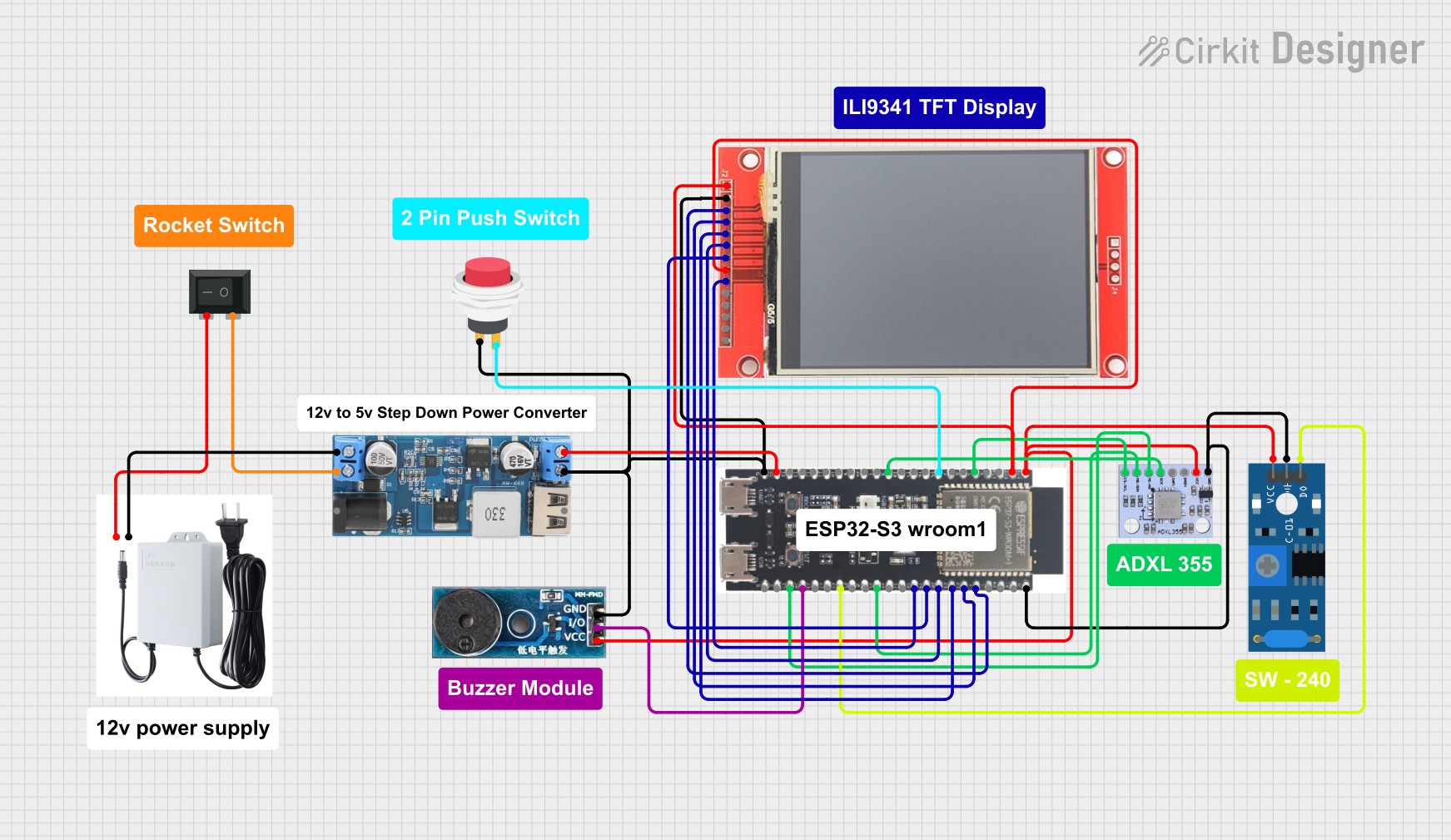
 Open Project in Cirkit Designer
Open Project in Cirkit Designer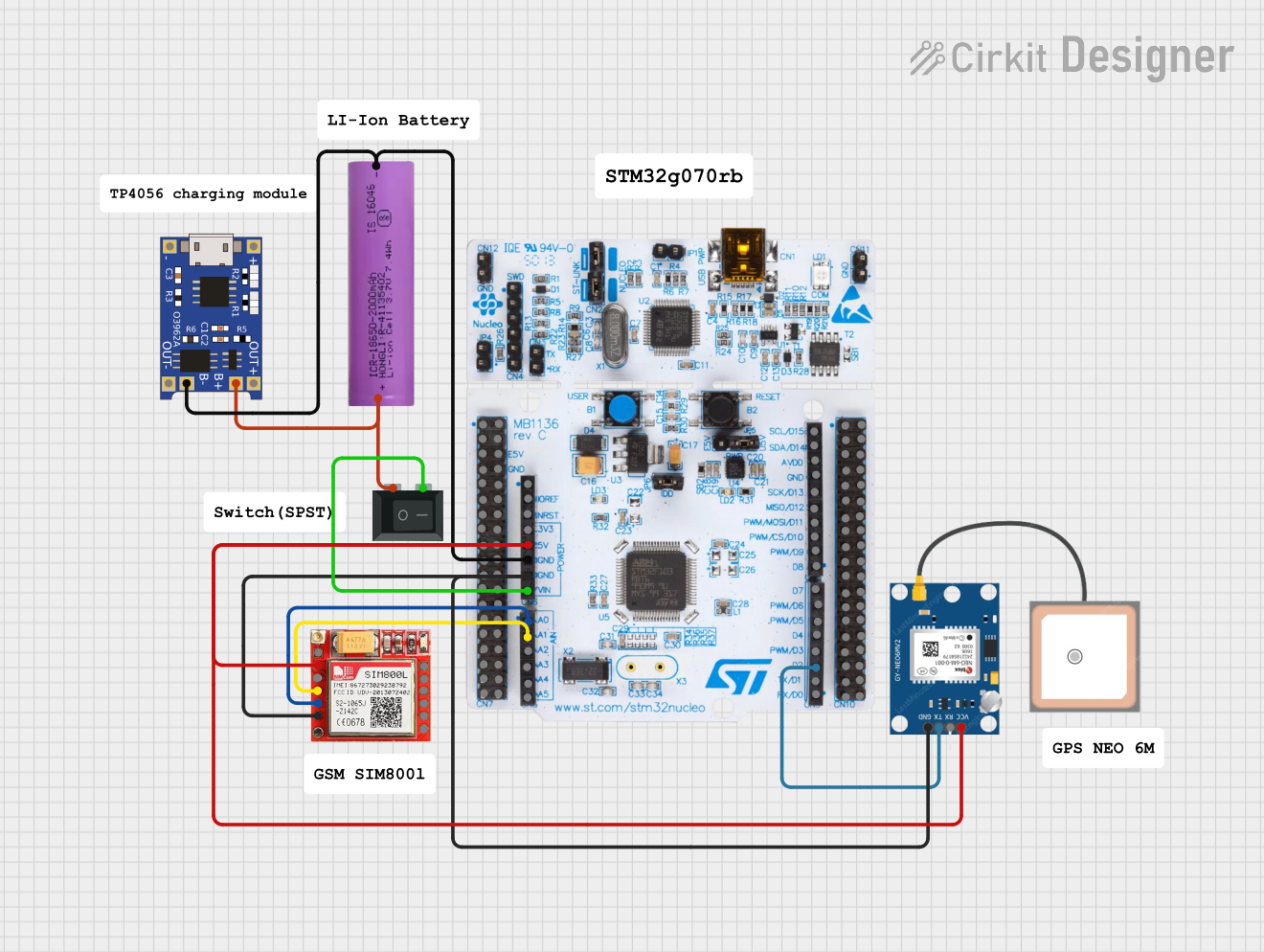
 Open Project in Cirkit Designer
Open Project in Cirkit Designer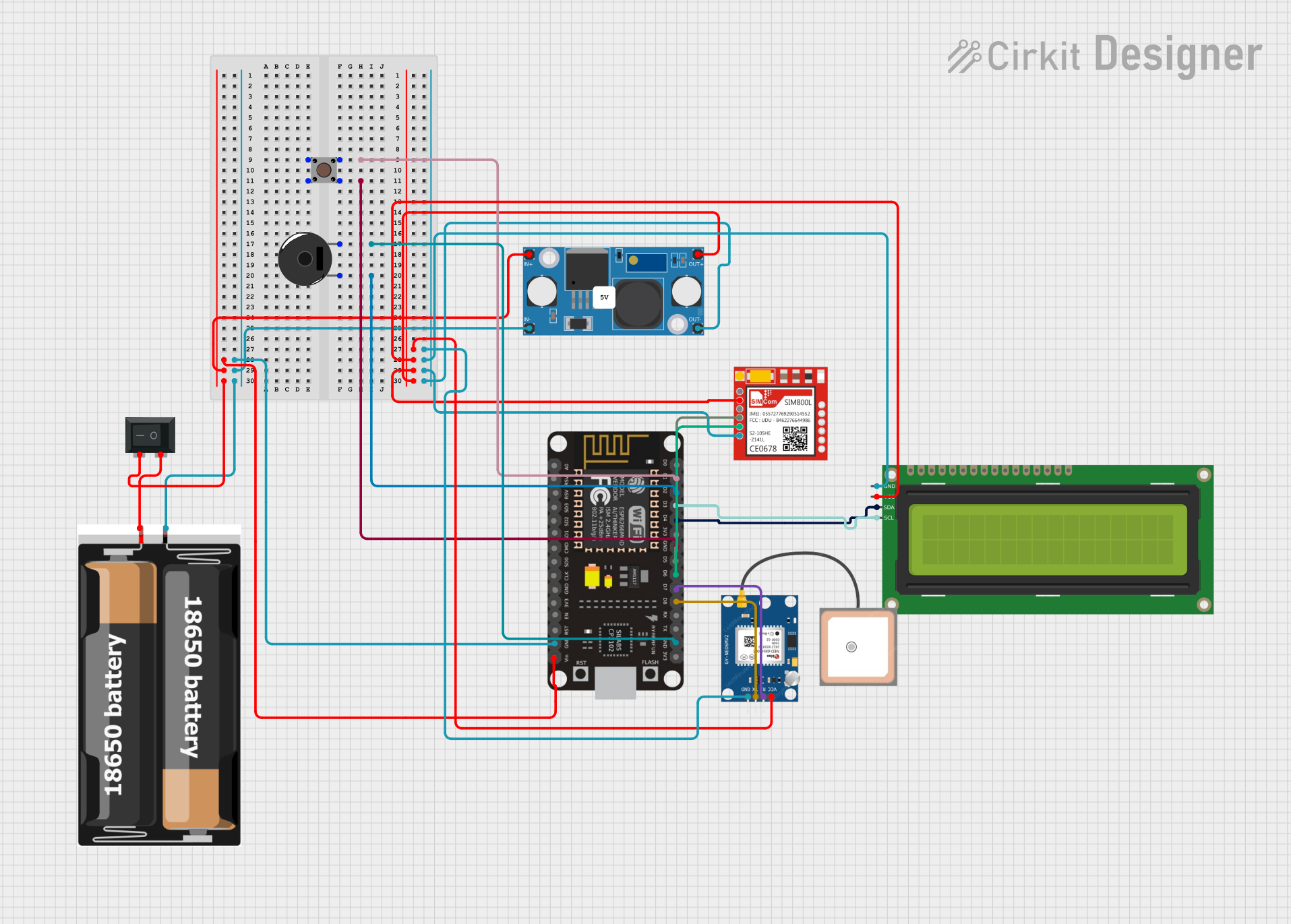
 Open Project in Cirkit Designer
Open Project in Cirkit DesignerExplore Projects Built with EB-L630SU

 Open Project in Cirkit Designer
Open Project in Cirkit Designer
 Open Project in Cirkit Designer
Open Project in Cirkit Designer
 Open Project in Cirkit Designer
Open Project in Cirkit Designer
 Open Project in Cirkit Designer
Open Project in Cirkit DesignerCommon Applications and Use Cases
- Corporate presentations in large conference rooms
- Educational lectures in auditoriums or classrooms
- Digital signage in retail or public spaces
- Projection mapping for events and exhibitions
- Houses of worship for sermons and multimedia displays
Technical Specifications
Key Technical Details
| Specification | Value |
|---|---|
| Resolution | 1920x1200 pixels (WUXGA) |
| Brightness | 6,000 lumens |
| Light Source | Laser (20,000-hour lifespan) |
| Contrast Ratio | 2,500,000:1 |
| Connectivity Options | HDMI, HDBaseT, VGA, USB |
| Keystone Correction | ±30° horizontal, ±50° vertical |
| Projection Distance | 1.35m to 7.69m (approx.) |
| Aspect Ratio | 16:10 |
| Power Consumption | 350W (typical) |
| Dimensions (W x D x H) | 440mm x 304mm x 120mm |
| Weight | 8.5 kg |
Pin Configuration and Descriptions
The EB-L630SU does not have traditional "pins" like an electronic IC but features multiple input/output ports for connectivity. Below is a table describing the key ports:
| Port Name | Description |
|---|---|
| HDMI | High-definition multimedia interface for video and audio input. |
| HDBaseT | Supports long-distance transmission of video, audio, and control signals. |
| VGA | Analog video input for legacy devices. |
| USB-A | For connecting USB storage devices to display content directly. |
| USB-B | For PC control or firmware updates. |
| LAN (RJ-45) | Network connection for remote management and content streaming. |
| Audio In/Out | 3.5mm jacks for external audio input and output. |
| RS-232C | Serial port for control and automation systems. |
Usage Instructions
How to Use the EB-L630SU in a Setup
Positioning the Projector:
- Place the projector on a stable surface or mount it using a compatible ceiling mount.
- Ensure the projection distance is within the supported range (1.35m to 7.69m).
Connecting Input Devices:
- Use an HDMI cable to connect a laptop, media player, or other video source.
- For long-distance connections, use the HDBaseT port with a compatible transmitter.
- Connect USB storage devices to the USB-A port to display images or videos directly.
Powering On:
- Plug the projector into a power outlet using the provided power cable.
- Press the power button on the projector or remote control to turn it on.
Adjusting the Image:
- Use the zoom and focus rings to adjust the image size and clarity.
- Correct any distortion using the keystone correction feature (accessible via the menu).
Accessing the Menu:
- Press the "Menu" button on the remote control or projector to access settings.
- Navigate through options to adjust brightness, contrast, input source, and other parameters.
Network Configuration (Optional):
- Connect the projector to a network using the LAN port.
- Use Epson's software tools for remote management and content streaming.
Important Considerations and Best Practices
- Ventilation: Ensure proper airflow around the projector to prevent overheating.
- Ambient Light: For optimal image quality, use the projector in a dimly lit environment.
- Firmware Updates: Regularly check for firmware updates on Epson's website to access new features and improvements.
- Cable Management: Use cable ties or organizers to keep cables neat and prevent tripping hazards.
Arduino Integration
The EB-L630SU is not directly compatible with Arduino microcontrollers. However, you can use an Arduino to control the projector via the RS-232C port. Below is an example of Arduino code to send a power-on command to the projector:
#include <SoftwareSerial.h>
// Define RX and TX pins for RS-232 communication
SoftwareSerial projectorSerial(10, 11); // RX = pin 10, TX = pin 11
void setup() {
// Initialize serial communication with the projector
projectorSerial.begin(9600); // Baud rate for RS-232 communication
delay(1000); // Wait for the projector to initialize
// Send the power-on command to the projector
projectorSerial.print("\x21\x89\x01\x50\x57\x52\x0D");
// Command format: ESC/VP21 protocol (hexadecimal bytes)
// "\x21\x89\x01\x50\x57\x52\x0D" = Power On command
}
void loop() {
// No continuous actions required in this example
}
Note: Refer to the EB-L630SU's user manual for the complete RS-232 command set.
Troubleshooting and FAQs
Common Issues and Solutions
| Issue | Possible Cause | Solution |
|---|---|---|
| No image displayed | Incorrect input source selected | Check the input source and select the correct one via the menu. |
| Blurry image | Improper focus or projection distance | Adjust the focus ring and ensure the projector is within the supported range. |
| Overheating | Blocked ventilation or high ambient temp | Ensure proper airflow and avoid placing the projector in enclosed spaces. |
| Remote control not working | Dead batteries or obstructed signal | Replace the batteries and ensure there is a clear line of sight to the projector. |
| No sound output | Audio cable not connected or muted | Check the audio cable connection and ensure the volume is not muted. |
FAQs
Can the EB-L630SU be used outdoors?
- While the projector can be used outdoors, it should be protected from direct sunlight, rain, and extreme temperatures.
What is the maximum supported resolution?
- The EB-L630SU supports up to 1920x1200 pixels (WUXGA).
How do I clean the projector?
- Use a soft, dry cloth to clean the exterior. For the lens, use a lens cleaning solution and a microfiber cloth.
Can I control the projector remotely?
- Yes, the projector can be controlled remotely via the LAN port or RS-232C interface.
What is the warranty period?
- Warranty terms vary by region. Refer to Epson's official website or contact customer support for details.